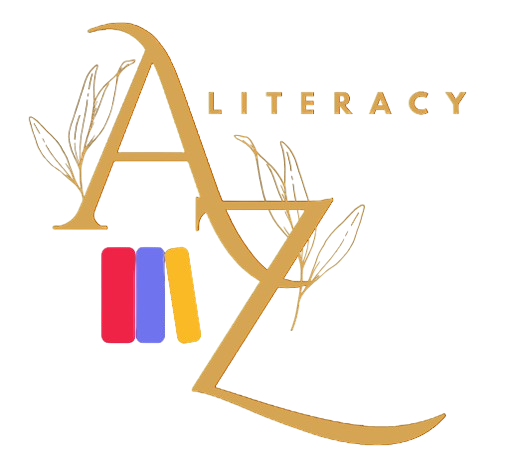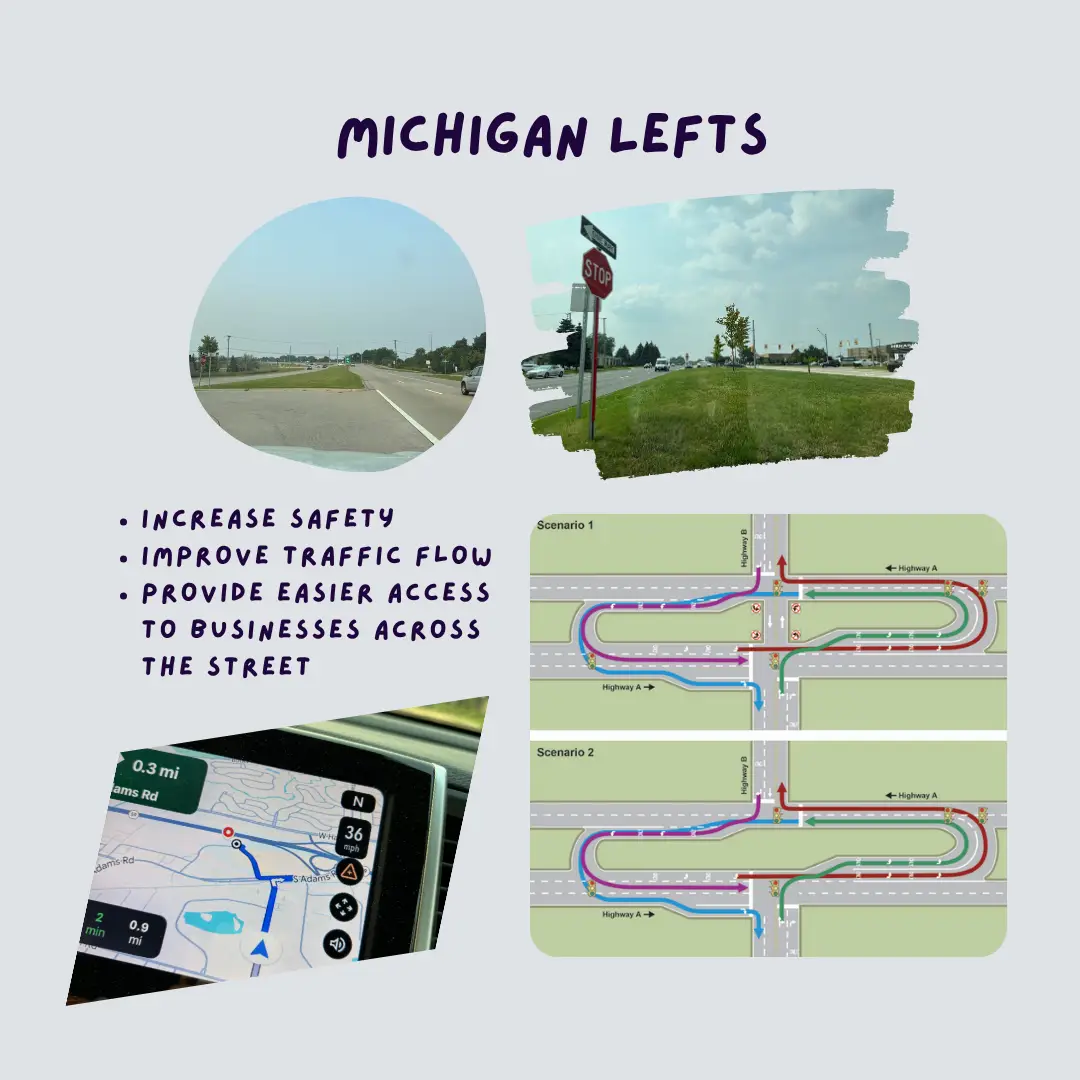August 9, 2025
In August of 2025, I went to Bloomfield Hills, Michigan for a golf tournament. Driving to and from the hotel, driving range, and golf course gave me a lot of opportunities to observe the city and its roads.
Bloomfield Hills, in Oakland County, Michigan, is a modern community with lots of small restaurants and hotels. The roads are well-built and thought out, with wide streets and lots of highways.
What impressed me most in Bloomfield was the city’s U-turn and left-turn design. In my home country and other places I’ve visited, U-turns and left turns are usually made at intersections. Sometimes, U-turns aren’t even allowed at all, or drivers have to wait for a dedicated left-turn signal, which only flashes for a short time—or for the straight-through signal to nearly finish—leading to longer wait times and possibly less safety.
However, Bloomfield Hills is different. Intersections don’t allow left turns like others that I’ve seen. Instead of turning left, drivers have to go straight through the intersection or turn right, then make a U-turn at a crossover in the middle of the road, between intersections. Most of the time, this allows a much shorter wait for left turns or U-turns and improving safety though this dedicated path.
I noticed this design all over the city, which suggests it was implemented intentionally many years ago. I couldn’t help but wonder: When did this design start? What motivated it?
After arriving back home, I began searching for and reading different articles to find the answer to my question. Interestingly, I discovered the following:
- Michigan Lefts—also known as indirect left turns—have been part of Michigan’s road system since the late 1960s [1].
- They are designed to accommodate larger vehicles, improving safety for commercial traffic. In major commercial or industrial areas, crossovers are built for trucks about 74 feet long with a 45-foot turning radius. In residential or light commercial areas, they typically handle vehicles 55 feet long with the same turning radius [1].
- Research shows that Michigan Lefts can reduce intersection crashes by 30–60% and improve traffic flow, relieve congestion, and make it easier to access businesses [1].
- Implementing them can be challenging because they require wide medians for U-turns. Some researchers have proposed a dual-bay design to separate small- and large-vehicle movements, improving operations [2].
- Studies have compared various intersection designs—conventional, partial median U-turn (MUT), partial continuous flow intersections (CFI), reduced conflict intersections (RCI), CFI/MUT combinations, and the “redirect two left-turn and one through” (redirect 2L&T) approach. State DOTs in North Carolina, Virginia, and Alaska have shown strong interest in these newer hybrid designs [3].
I found it very interesting to research this topic, and it helped me realise how much thought actually goes into road design—traffic patterns, driver behavior, simulation modeling, time management, and more. My research allowed me to learn that the researchers, designers, and others working behind the scenes save a lot of time and effort for drivers everywhere, even when they seem to be making decisions on such seemingly trivial matters. Because of them, we can travel more safely and quickly on the road.
As Sean Covey, author of The Seven Habits of Highly Effective People, said: “With creativity, you open new possibilities, new territories, new continents, so that others can follow.”
Reference:
[1] https://www.michigan.gov
[2] YunXiang, Zhibin Li, Wei Wang, Jingxu Chen, Hao Wang, YeLi. ‘Evaluating the Operational Features of an Unconventional Dual-Bay U-Turn Design for Intersections.” PLOSONE|DOI:10.1371/journal.pone.0158914 July28, 2016
[3] Amirarsalan Mehrara Molan, William Rasdorf, Ali Hajbabaie, Gaurav Aryal, Stephen Osafo-Gyamfi and Hayden Edwards. “Introducing Two New Versions of Continuous Flow and Median U-Turn Combination Intersection Designs.” J. Transp. Eng., Part A: Systems, 2025, 151(8): 04025053


